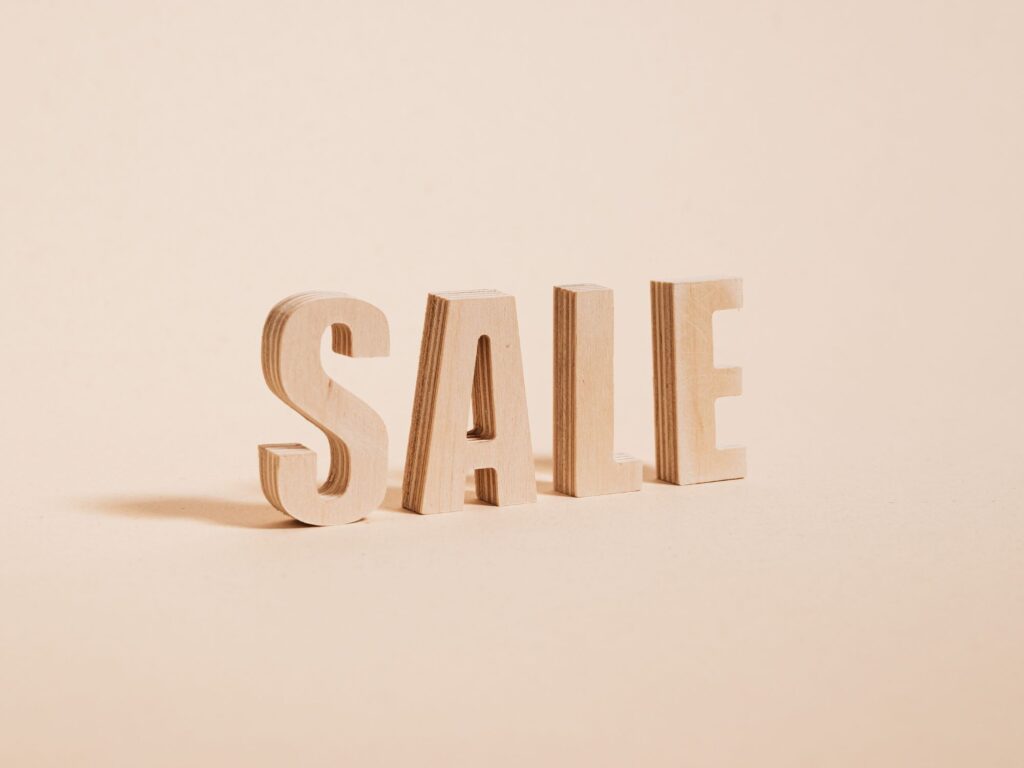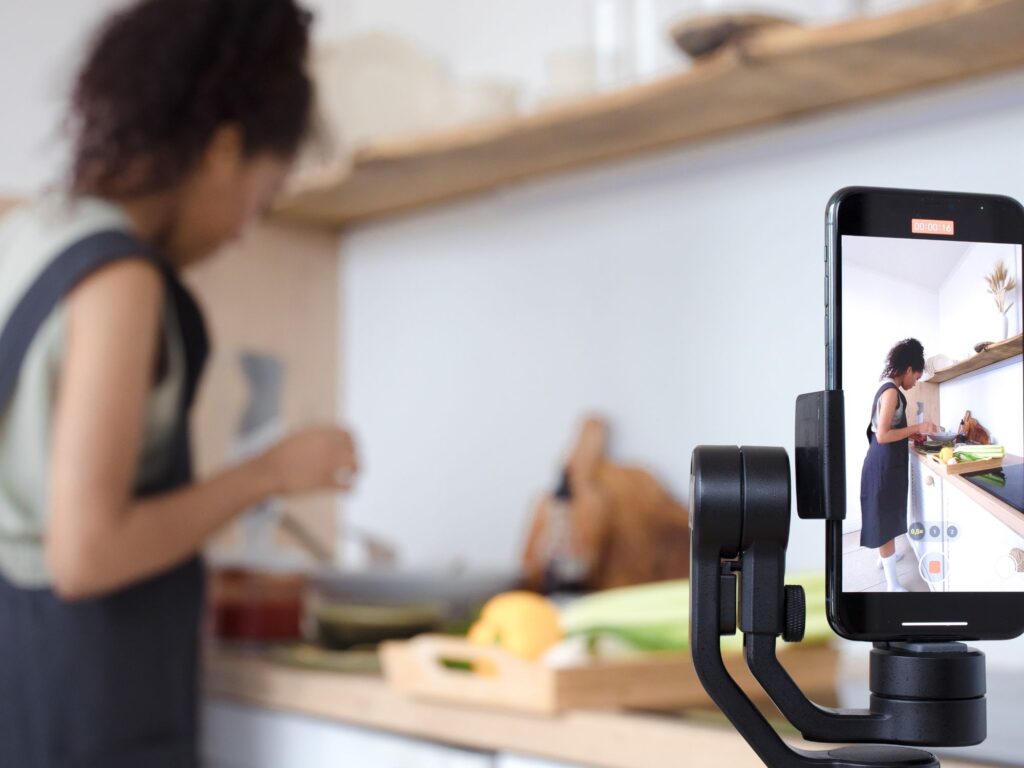
Are you in a bit of a rut with your Shopify store’s growth and looking for ways to grow? If so, you’re in luck.
In this blog post, I’ll be covering some foundational tips and tricks on how to grow your eCommerce store. You’re in the right place if you want to learn how improve your on-page optimization and market strategies that will attract more dream customers.
Whether you’re a Shopify newbie or a seasoned professional, you’re bound to find something that will help you in this post.
Let’s get started!
On-page optimization
1. Create a strong brand foundation
The backbone of any successful business is its branding, and Shopify stores are no exception.
Building a strong foundation for your brand will ensure that you have an easy time running the day-to–day operations in addition to being able propel yourself into new markets with ease.
When you create a strong brand, you lay the groundwork for future success. This leads to a more trusting and engaged audience which makes it easier to attract new customers in the future.
When you’re building a brand from scratch, it’s important that all aspects of your company are well-thought-out and intentional.
Beyond just a great visual foundation, your brand needs a deep understanding of who your products are for, the problem that they solve for your audience, and how you stand out among your competitors. Your logos and color palette are just the tip of the iceberg.
Taking time to define your brand’s authentic voice will help you convey who your brand is across all touchpoints—from the first ad your customers lay eyes on to post-purchase customer support, you should aim for consistency and personality everywhere.
By taking the time to dive deep and define the core foundation of your brand, you’ll be able to create a strong emotional connection with your audience that will help you attract more customers and grow your business.
2. Choose the right Shopify theme

Your Shopify theme is one of the most important aspects of your store, so it’s important to choose wisely.
The right theme can make a huge difference in how successful your store is (and how much effort you need to put into setting up features and layouts), so it’s worth taking the time to find a theme that fits how you want your store to work.
Obviously, you want to choose a theme that’s responsive, speedy, and designed for conversion, but how do you actually pick on that’s right for your specific store?
When browsing through Shopify’s huge theme library and trying to decide which one’s best for your store, try not to focus on the look and feel of the themes you’re considering (colors, fonts, imagery etc.). These can easily and quickly be updated to match your brand’s identity.
What you want to be focusing on is the functionality that your theme offers, and if it’s a good match for the type of store you’re trying to build.
Take a look at things like section layouts, color swatches, testimonial sliders, video backgrounds, logo lists, promo boxes—all the things that you’d need to either purchase an app or hire a developer for if it weren’t built-in to your theme.
In general, paid themes offer a lot more of these functionalities. They may cost a bit more upfront, but often end up saving you money on apps and development in the long run.
3. Optimize your product pages
Your product pages are the bread and butter of your Shopify store, so it’s important to make sure they’re optimized for conversion.
I see stores getting these few key things wrong a lot—these are some low-hanging fruits that can instantly drive conversions if fixed.
First up is image quality. Holy guacamole, if there’s just ONE thing that can make or break a Shopify store, it’s product photography.
Humans are inherently visual creatures and make a snap judgment on the quality of your products based on how they’re photographed. If you have just $500 to invest into your Shopify store right now, the most impactful thing you could do would be to spend it on professional product photography.
Next up, you need to make sure that your product descriptions are clear, concise, and convincing. Your customers don’t want a novel here—get to the point about the benefits your products offer and how they’ll make your customers’ lives better.
A good way of structuring your product pages is using a theme that allows for dropdowns where you can nest secondary info about your products such as ingredients, care instructions, and shipping information so that they don’t clog up the description and make it too long.
Finally, using conversion-increasing sections on your product page like recently viewed, recommended products, reviews, and wishlists are a great way to keep your on-the-fence visitors engaged and progressing down the funnel.
By following these tips, you’ll be able to optimize your product pages and increase your chances of making a sale.
4. Use effective product titles
Getting product titles right on your Shopify store is a huge part of increasing conversions.
Product titles serve a few key functions here—they can make it really easy (or really hard) to browse your product catalog, and they also play a big role in your products being indexable by search engines.
In order to ensure that your product titles are effective, you need to make sure they’re descriptive and keyword-rich.
This means including relevant keywords that potential customers are likely to search for rather than solely an artsy, collection-style name. For example – “The Bondi Cotton Beach Towel” rather than just “The Bondi”.
In addition, your product titles should all be typed out in a neat and consistent manner.
You have no idea how many stores are out there that are all over the place with this – with some products being in ALL CAPS, some in Sentence Case, then a few here and there in all lowercase. Consistency is key for appearing professional and trustworthy!
Lastly, if you’re a store that has graduated from Etsy to Shopify, keep in mind that Etsy’s keyword-packed titles are NOT directly copy-pastable to your Shopify store. You want your Shopify product titles to be way more concise and elegant than those on your Etsy store—6-7 words, max.
5. Offer discounts and promotions

Promotions and discounts are a great way to attract new customers as well as keep previous customers coming back for more.
Not only will they be more likely to buy your products, but you’ll also get the attention of people who might not have even heard of your store otherwise.
There are a few things to keep in mind when offering discounts and promotions, though.
You want to make sure that the discount is significant enough to be enticing—5% off isn’t going to get anybody to race to click “Buy Now”.
That being said, you want to be cautious of offering too many large discounts very frequently. This could end up teaching your audience that they should wait around and only buy when there’s a sale on, actually decreasing your sales in the long run.
When writing your promo copy, create a clear and concise call to action that will encourage your visitors to take advantage of the offer.
Your CTAs should be short, sweet, and to the point—something like “Shop Now” or “Get Discount” will do the trick.
Finally, set an expiration date for the discount so that it creates a sense of urgency.
And—no matter what you do—when your sale/promo is over, be sure to remove it from your site!
There’s nothing more trust-breaking than having a popup on your site saying “Offer end on midnight, November 1st 2021” when it’s months into 2022.
Your customers will be thinking “is this store even operational?” which will have a huge impact on their likelihood of converting.
By following these tips, you’ll be able to confidently offer discounts and promotions (the right way) that will help you attract more customers and grow your business.
Marketing strategies
Now that we’ve covered some on-page optimization tips, let’s move on to marketing strategies that you can use to grow your Shopify store.
It’s best to focus on optimizing your store and having a strong foundation before spending the time, effort, and potentially money sending traffic to your store. So, make sure that your shop is solid and high-converting before spending a ton of effort marketing it!
There are a number of different marketing channels you can use to promote your Shopify store. Some of the most popular include paid advertising, social media, and email marketing.
Keep reading for tips on how to use different channels to market your shop.
1. Set up a solid email marketing plan
Email marketing is SO important for any online business—it offers a significantly higher ROI than social media efforts, and with email you own your list (as opposed to followers on finicky platforms like Facebook).
So, if you’re not already, make sure that you’re collecting emails from your customers both at checkout and through discount-offering popups.
Klaviyo is the cream of the crop when it comes to email marketing for eCom businesses. It’s feature-rich, easy to use, and integrates directly with Shopify.
2. Create a social media strategy
If you’re going to use social media to promote your Shopify store, you need to make sure you’re creating a strategy that will work. It’s easy to fall into the trap of spending a ton of time building out your socials when in reality their traffic might only accounts for a small percentage of your sales.
Think about where your target audience hangs out online (particularly when they’re in the mood to buy) and focus your efforts on those channels. It’s better to get one or two platforms right than spread yourself too thin.
Create engaging content that will actually interest and give value to your target audience. You don’t want to be posting just for the heck of it—potential customers can smell this from a mile away and it’s definitely not doing any favors for your brand.
3. Use paid advertising
Once you know your store is optimized and converting, paid ads are a great way to scale your store quickly. Facebook and Google ads are the most popular options for Shopify stores.
You want to be sure that you’re serving ads to the right audience so that you’re not wasting your ad spend on traffic that isn’t interested in what you have to offer. This is where defining your target audience is super important.
Keep in mind that Apple’s iOS14 update has recently limited the extent to which ads can be accurately segmented, driving up advertising costs. It’s still possible to see a return on your advertising but it may take a bit more strategy and testing.
Speaking of testing, it’s important that you track the results of your ads so that you can adjust your campaign as needed. You never know what’s going to perform the best, so don’t be afraid to put out a handful of variations of your ad and see what works.
4. Reach out to bloggers, influencers, and UGC creators

Another great way to promote your Shopify store is to reach out to bloggers, influencers, and UGC creators.
This can help you reach a larger audience and get your products in front of potential customers. Plus, it saves you the time and money needed to have a variety of photoshoots to gather content for your brand.
When you’re reaching out to content creators, it’s important to make sure that you’re offering them something of value in exchange.
Whether it’s free product if they’re just starting out as a content creator or a four or five-figure fee if they’re well-established, make sure to consider the ROI you’ll be getting from their partnership with your brand. This will help make sure that it’s a mutually beneficial partnership that leaves both sides happy and eager to team up again down the line.
5. Provide valuable content on your blog or website
If you want to attract new customers and grow your Shopify store, a great way of doing this is by providing valuable content on your blog or website. This can include helpful articles, guides, tips, and resources.
Beyond just helping engage with your audience, unique content on your site is massively helpful for helping your pages rank in organic search results.
You can dive into keyword research to find phrases that your audience is searching when they’re looking to purchase products such as yours and then create content targeting these keywords.
Final thoughts
Growing your Shopify store can be a challenge, but it’s definitely worth the effort.
The most important thing when it comes to being able to successfully grow your eCommerce store is the desire to be constantly learning.
The online shopping and digital marketing space changes and evolves at a dizzying pace, so making the commitment to never becoming stagnant can really help you get ahead in your industry. Don’t be afraid to try new and exciting techniques!
Keep in mind that it takes time and effort to grow your store, so don’t give up if you don’t see immediate results. Consistent small steps forward are always more sustainable in the long run than a Herculean effort for a week and then crickets.
Wishing you the best of eCommerce luck!
About the Author
Hi! I’m Julia. I’m the owner of Bungalow Creative, an eCommerce brand strategy studio. Crafting Shopify stores for lifestyle brands such as skincare lines, gift boxing companies, and home decor shops is my jam.
I’m a bit of an adventurer at heart and have been living a digital nomad lifestyle for the past few years. I’m always on the lookout for the next best Spotify playlist, beautiful charcuterie boards, or beach read!


